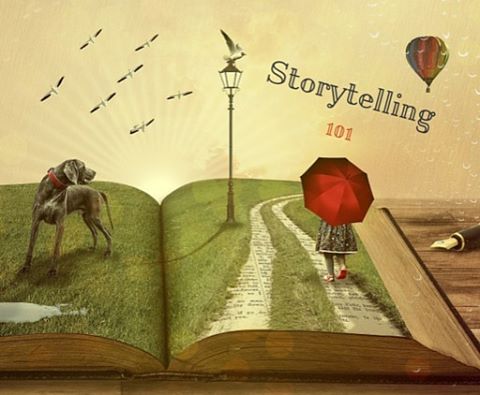Recent news reports have raised concerns about the decline of language learning in our schools, so with World Book Day fast approaching, here is a post about some fairy tale picture books from Europe.
We have recently acquired some lovely French picture books with a fairy tale theme. Among my favourites are several which play with the Little Red Riding Hood story.
Un petit chaperon rouge
A confident Little Red Riding Hood tricks a gullible wolf. The illustrations are spare, focusing on the two protagonists, and tremendously expressive. With few words, and the familiar patterned answer and response, children should follow the story quite easily, picking up some useful vocabulary as they go. It’s all in the present tense, too.
An English version of this lovely book, Little Red Hood, is also available in the Centre, in our Traditional Tales collection.
Quel cafouillage! A metafictive riff on the familiar tale, as a grandfather recites it, getting key details wrong, and being corrected by his granddaughter. The title could translate as ‘What a muddle’. The illustrations are clear, bold, attractive, and help the story along nicely. The font is suggestive, too: there is variation in style between grandfather and granddaughter, and size and intensity for emphasis.
‘Et pourquoi? ’ Little Red Riding Hood repeatedly questions the wolf, in the manner of a young child, batting back each answer with a further ‘But why?’, with plenty of useful repetition of key phrases. The ending is a bit brutal – the wolf gains a measure of sympathy: he is being persecuted by the hunter who is after his fur for a coat—then he swallows Red Riding Hood in exasperation, so his awful fate is sealed. Children are accustomed to the bloodthirsty tropes in fairy tales, but prepare by reading to the end yourself before you present this in class!
La petite soeur de chaperon rouge
Red Riding Hood has grown up and become rich and famous, but her feisty little sister, Carlotta, makes friends with the old wolf—now without any teeth. He introduces her to the forest and its inhabitants. When habitat destruction is threatened, Carlotta turns to environmental activism and saves her friends and their forest home. This is a large format, richly illustrated book that is a joy to leaf through. It’s a longer read, and quite wordy, but the pictures and the familiar fairy tale themes would help support a patient reader.
There are many retellings and interesting variants of the Little Red Riding Hood tale available in the Curriculum Centre. Look in our Traditional Tales collection, or search our catalogue: curriculumcentre.LittleRedRidingHood.
The wonderful CLPE produced an annotated book list a couple of years ago, entitled A rash of Red Riding Hoods. It is freely available here: clpe/rashredridinghoods.
Moving on from Little Red Riding Hood
Two more stunning, large format books from Clotilde Perrin, who illustrated La petite soeur du Chaperon Rouge, these are accessible on a number of levels. They give detailed background on a variety of typical fairy tale characters: the prince and princess, the good fairy, the wolf, the wicked fairy and so on. For each, there is a large illustration, with pop-up features, simply labelled. There is also a synopsis of their traits, a fold-back page listing their likes, dislikes, fears and weaknesses etc, and finally a story—covering a single page, but richly discursive. These progressive levels of difficulty, plus the sumptuous style, would surely draw in young readers with a wide range of confidence.
There are considerable advantages to sharing fairy tales in modern languages. The language is authentic, but accessible because the children know the conventions of the traditional tale, so will be able to anticipate and follow the story without getting frustrated or bogged down over a few words they may not yet understand. Fairy tales come from the oral tradition, so they are great to read aloud. If you are not confident, there are often versions by native speakers online. Pattern and repetition are enjoyable here: unlike the drudgery of rote learning, repetition in this context builds pace and rhythm, anticipation and the impulse to guess what happens next.
We have a good collection of picture books in our MFL section in the Centre. Do come and have a look. We also add useful keywords and notes to our catalogue entries, searchable online. We also have books which will give you ideas for using traditional tales in the classroom, with a wealth of activities and extensions, such as:
- Hamilton, Fun French fairy tale plays
- Cartwright and Harty, Learning languages through fairy tales
- Watts et al, Living languages
Here is a Spanish book, What does the moon taste like? It’s in the past tense, and uses some quite complex language. However, it is a simple, cumulative tale, with some key vocabulary, especially the animals—lots of cognates—so with the help of the beautiful illustrations should be accessible, educational, but most of all, fun and engaging. There is a lovely reading of this by a young Spanish child, available on YouTube.
The Association for Language Learning has more ideas for exploring foreign language books freely available on its website, such as these around World Book Day: AfLLWorldBookDayIdeas







